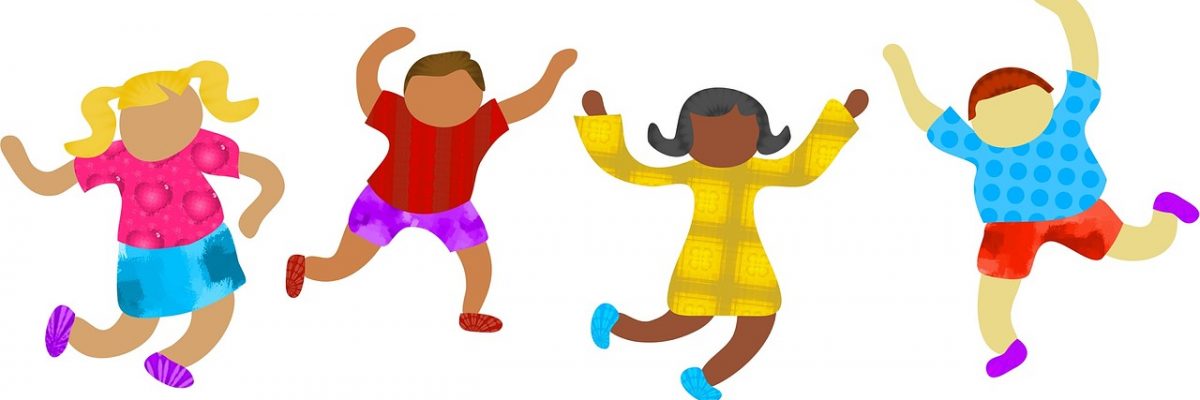Which factors influence language development?
Language development is never a static process, it is rather a process that is forever evolving. One can compare this to the physical development of a child, in the first three years the developments are incredibly rapid. The speed of these developments are influenced by internal and external factors which play as well a crucial role in the language development of a child.
Internal factors can be of the following nature:
A motivation to speak well: a child can sense when it must articulate its needs and will always try till success is guaranteed. When a child feels that he is able to obtain his wishes even without correct speech, it then creates a lower level of motivation to perfect his speech.
Illness that affect language development: A child can experience hearing problems, speech impediments or can have stuttering problems resulting from illnesses or damage to the inner ear. Other illnesses which can influence the language development in a child are Dyslexia, Aphasia or Alexia (reading disability).
External Factors can be of the following nature:
Language Level of the Parents and Teachers: There is a strong correlation between the language level of the parent and that of the child. If the parents use an elevated speech pattern this will positively influence the development level of the child to an above average level. The same goes for a child in an environment where illiteracy prevails.
Motivation of the Parent and/or Teacher to increase greater proficiency in the language: It is important for the parent and/or teacher to convey the meaning of language to the child as a learning tool, a key to greater comprehension of the world at large, and that one can also have fun with language.
Internal and external factors play a even greater role in a bilingual or multilingual environment, especially for language development which differs from the host country.
The following factors take on greater meaning with children brought up bilingually or raised in a multilingual environment:
- Consistency with the use of one language per parent. For example, the father always speaks German, the mother always Spanish.
- Acceptance of the social environment allowing the child to speak in another language, even if not the host language.
- Acceptance of transitional phases of the child’s environment, for example, the start at Kindergarten, Primary School or the advancement towards High School.
There are also external factors which permit the weaker language to emerge later as the stronger one when one undertakes a move to the country in which the language is spoken either through familial ties or work or the enrollment of the child at an international school.
Yet one must not forget though that judging the language level of the child is only a momentary survey. It is better to have the end goal in mind which allows the child to develop his potential to the full extent of his abilities by providing him the environment conducive to that goal.
Tip: Did you know that a proper development of the main language positively influences the development of the other languages!
Further in Raising Bilingual Children: Typical Prejudices
Back to: Phases of Language Development
